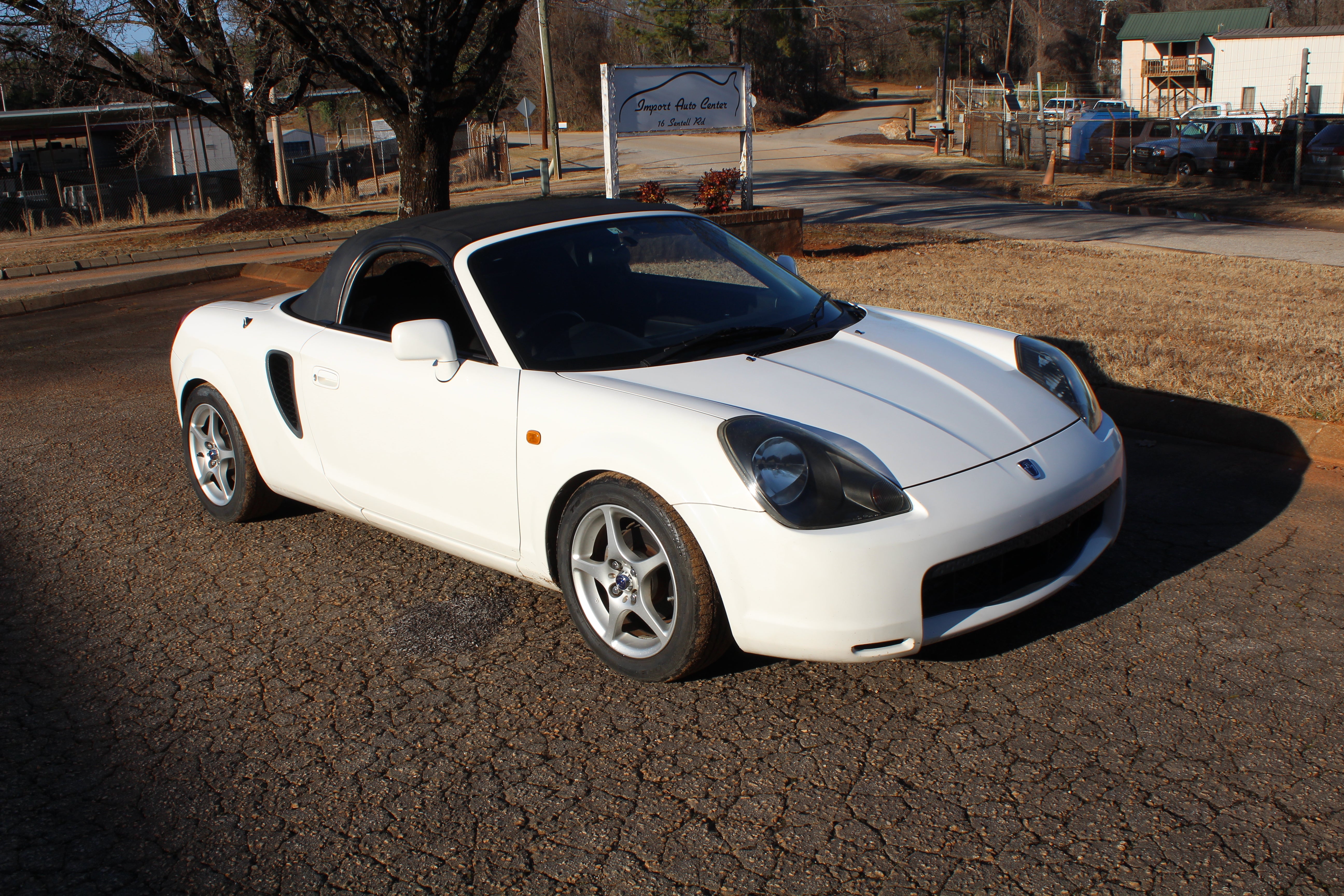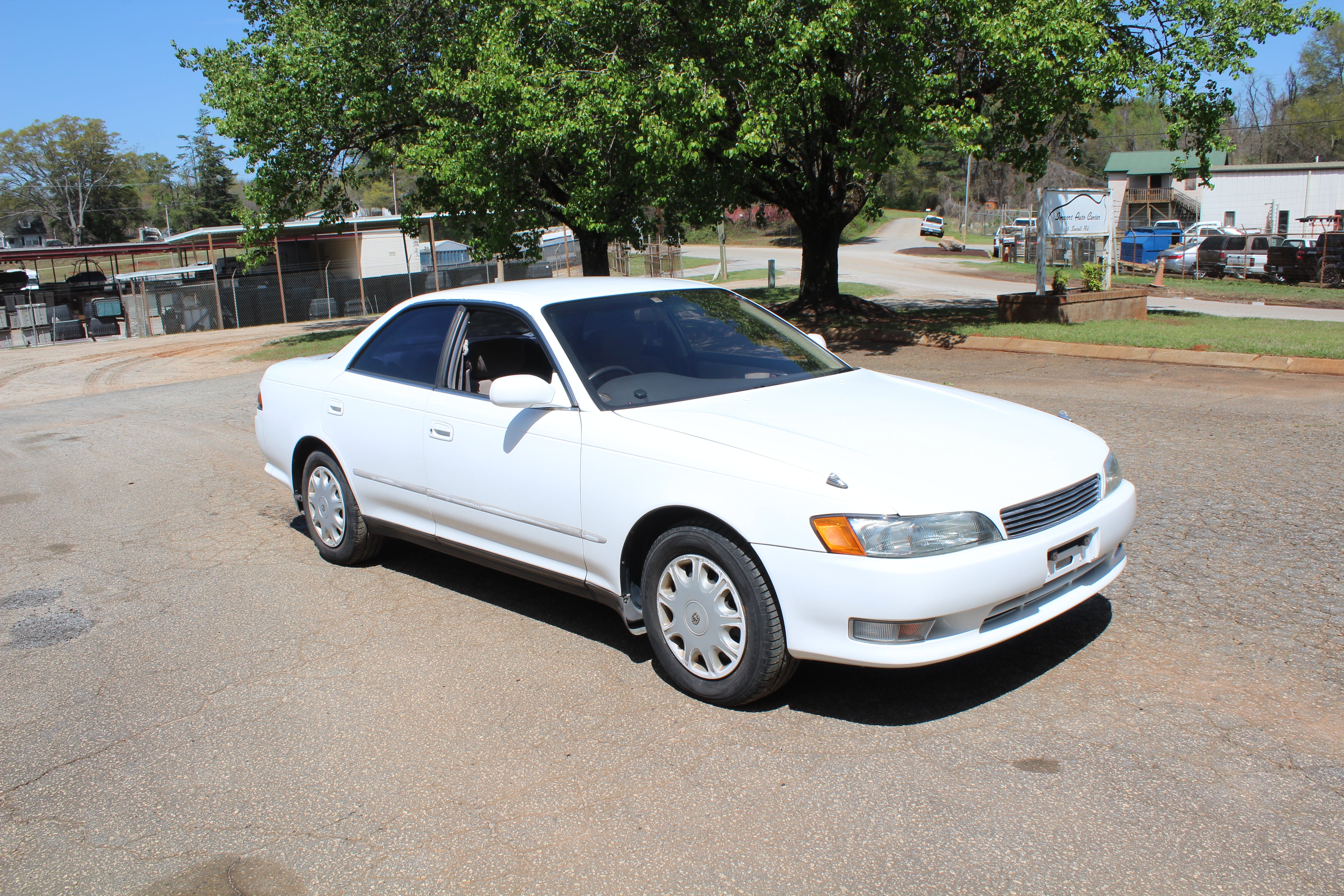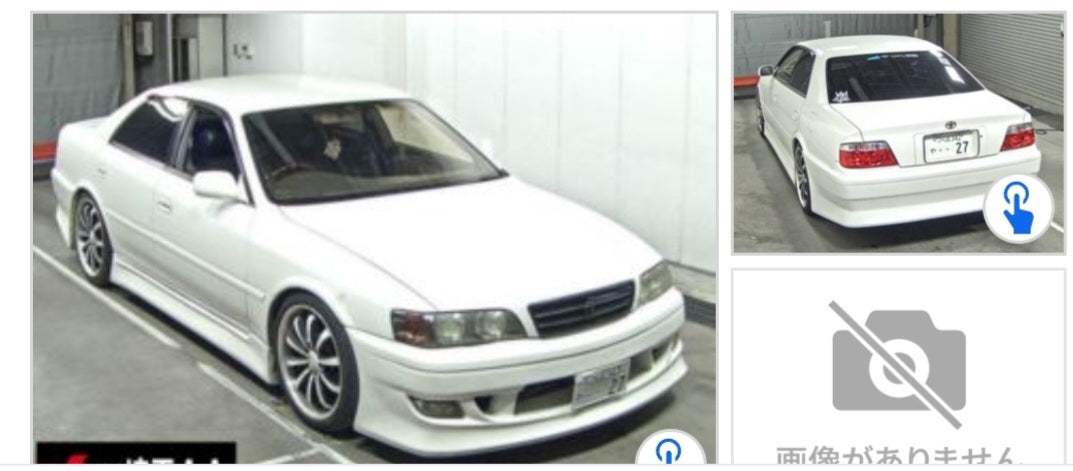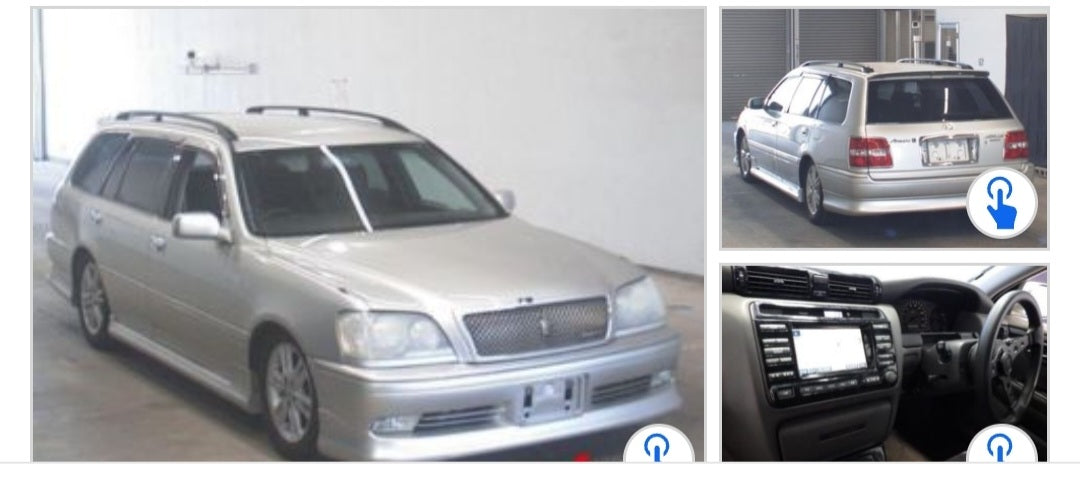JDM 96 Toyota Windom 2.5 Automatic RHD with 36,950 miles
Great car super low miles drives like new, Loaded with manual/power transmission settings, power folding mirrors, garbage can, fog lights, ac , power steering.
All original Car has no rust/rot. Small scuff and scratches as pictured, small cigarette burn on passenger seat, head unit screen is cracked, front bumper right corner has a scratch, small nicks on driver door, paint chipped on rear light molding, small scuffs on rear bumper and scratch on bottom left corner, rear left door/quarter have some scratches and touch ups, small dent on rear left door, small scuff on front bumper left corner along with scratch,
Contact Rob 864-505-5621
For financing options please visit my website and no trades..thanks
We do not offer inhouse financing but we work with 3rd party lenders.
As a South Carolina Dealer we are not allowed to setup shipping but can provide you with a shipping service that can work with you.
The Lexus ES is a series of compact executive, then mid-size luxury cars sold by Lexus, the luxury division of Toyota since 1989. Seven generations of the sedan have been introduced to date, each offering V6 engines and the front-engine, front-wheel-drive layout. The first five generations of the ES were built on the Toyota Camry platform, with the sixth and seventh generations more closely related to the Avalon. Manual transmissions were offered until 1993, a lower-displacement inline-four engine became an option in Asian markets in 2010, and a gasoline-electric hybrid version was introduced in 2012. The ES was Lexus' only front-wheel drive vehicle until 1998, when the related Lexus RX was introduced, and the sedan occupied the entry-level luxury car segment of the Lexus lineup in North America and other regions until the debut of the Lexus IS in 1999. The ES name stands for "Executive Sedan". However, some Lexus importers use the backronymic name, "Elegant Sedan".
Introduced in 1989, the first-generation ES 250 was one of two vehicles in Lexus' debut lineup, the other being the flagship LS 400. The second-generation ES 300 debuted in 1991, followed by the third-generation ES 300 in 1996, and the fourth-generation ES 300/330 in 2001. The first- through fourth-generation sedans shared body styling elements with Japan-market Toyota sedans, and a domestic market equivalent, the Toyota Windom, was sold until the launch of the fifth-generation ES in 2006. The word "Windom" is a combination of "win" and the suffix "dom" expresses a state of perpetual victory. The fifth-generation ES, featuring Lexus' own L-finesse body styling, debuted in early 2006 as a 2007 model. The sixth-generation ES debuted in the first half of 2012 as a 2013 model, and features increased cabin dimensions due to a longer wheelbase which is shared with the full-size Toyota Avalon.
Lexus has positioned the ES in the comfort luxury segment, with an emphasis on interior amenities, quietness, and ride quality,in contrast with more firm-riding sport sedans. Buyers seeking more performance-focused models are targeted by the Lexus IS and rival makes, with such models offering a sportier drive with differently tuned suspensions. In Europe, Japan, and other markets where it is not available, the GS sport sedans occupy the mid-size category in the Lexus lineup. In the United States, the Lexus ES has been the best-selling Lexus sedan for over fifteen years
In 1987, with creation of the Lexus brand, an entry level front-wheel Lexus model was ordered for development alongside the LS 400 and other offerings. In late 1988, a final design was chosen and design patents filed utilizing a clay 1:1 design model on February 3, 1989. In September 1991, for the 1992 model year, Lexus announced the second-generation Lexus ES (XV10) almost one year after the introduction of the second-generation Acura Legend, but before Infiniti finally decided to add a similarly classed sedan, the J30. The second-generation ES shared its design with the new generation Toyota Windom (XV10), which was officially announced in Japan on 30 September 1991, introduced at the October 1991 Tokyo Motor Show, and exclusive to Toyota Japan dealership sales channel called Toyota Corolla Store as the top level luxury sedan. The Windom itself shared elements with the latest generation of the Japan-market Toyota Camry Prominent (V30)
Completely redesigned and now sharing design features with the XV10 series Toyota Windom and styling cues with the LS 400, the model was renamed the ES 300 to reflect the half-liter increase in engine displacement to 3.0-liters. The second-generation ES was significantly larger and more curvaceous than its predecessor, gaining 127 millimetres (5 in) in length and 76 millimetres (3 in) of width. On the front fascia, the ES gained projector headlamps in a curved housing and a three-slat grille with the Lexus emblem moved above on the hood. The side profile featured an invisible B-pillar and frameless-window doors. The rear deck lid featured an integrated spoiler effect similar to the flagship LS 400, improving the ES model's aerodynamics, now rated Cd=0.32.
Inside the cabin, the second-generation ES featured California walnut trim on the center console, leather seats, an eight-speaker premium sound system, and keyless entry. The added wheelbase length and overall width made for increased legroom and shoulder space than the previous model. Compared to its Camry relative, the ES 300 featured separate styling, a different suspension setup with front and rear independent MacPherson strut, and added weight amounting to 90 kg (200 lb). Much of this is due to increased dimensions, asphalt insulation in the body panels and additional on-board equipment. As with its predecessor, anti-lock brakes were standard.
The ES 300 sported a 138 kW (185 hp) 3.0-liter 3VZ-FE V6 engine and had an advertised 0–97 km/h (0–60 mph) time of 7.9 seconds. In Japan, where the ES was badged as the Toyota Windom, a 2.5-liter 4VZ-FE version producing 128 kW (172 hp) was made available in October 1993. Lexus offered a standard five-speed E53 manual transmission and optional four-speed A540/1E automatic.
Production assembly of the ES 300 commenced on 9 September 1991, and the sedan went on sale later that year in the U.S. as a 1992 model. The sedan was not released in Europe, where similar Toyota models were offered. The second-generation ES was a major sales success, becoming Lexus' best-selling vehicle overall. In its first full year of sales, the ES logged 39,652 units, and throughout the following years of its production run, sales reached near or above that figure. Although the initial US base price was $26,550, this increased to over $30,000 in later years. By 1994, in part because of the rising yen and high demand, the manufacturer's suggested retail price had increased to $31,200, 19.3 percent more than the original 1992 figure. In 1993, a passenger airbag was added as standard equipment.








































































